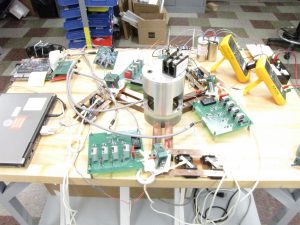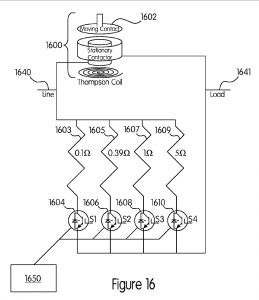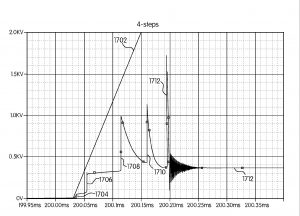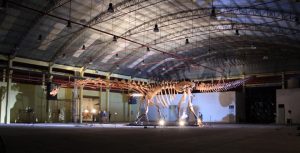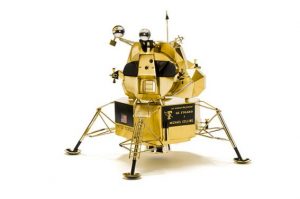Cixin Liu is the most popular science fiction author in China today and his books are finally becoming available in English translations and having just finished ‘The Three Body Problem’ I think that’s a good thing! ‘The Three Body Problem’ was the most intriguing novel I’ve read in quite a while and I’m looking forward to reading more of Mister Cixin’s work. The first installment in a three part series ‘The Three Body Problem’ is being published by Tor books here in the United States along with ‘The Dark Forest’ and ‘Death’s End’. The pictures below show the novel’s front cover for the original Chinese edition by Chongqing Press along with the edition by Tor Books.


The novel begins during the ‘Cultural Revolution’ in China, the violent suppression of all opposition that Mao Zedong used to reassert his absolute rule in China. The main character of the novel, Ye Zhetai is an astrophysicist and the daughter of China’s most famous physicist. When her father is beaten to death during one of the ‘struggle sessions’ Madam Ye is sent to a labour camp only to be denounced herself and left to die in a prison cell. She is rescued when her special knowledge is needed for a top secret military program, the ‘Red Coast Project’.
The novel bounces back and forth between China in the 60’s and 70’s and modern times but the changes are handled smoothly. This way we learn some of the consequences of Madam Ye’s before we discover just what exactly it is that she has done.
Now the Three Body Problem of the title is the famous gravitational problem still unsolved from Newton’s time. Using the calculus he developed Sir Isaac was able to find an exact, closed, analytic solution for the motion of two bodies under their mutual gravitational attraction. However, as soon as a third body is added to the problem there is in general no exact solution, only approximate, numerical solutions that require a great deal of arithmetic to solve. (It should be acknowledged however that with modern computers those numerical solutions can yield fantastically accurate results as demonstrated by the recent eclipse across the USA.)
Now the three bodies that make up the problem in the novel are three suns around which an alien planet orbits. The civilization on this planet has progressed through periods of stable orbits, and suffered through periods of chaotic orbits when their planet is either baked or frozen by being pulled too near or too far from one of its suns. Because of the harsh conditions these creatures have endured for millions of years the only creed by which they live is survival, the only goal they possess is to find a new world to inhabit.
I suppose you can guess that the plot of ‘The Three Body Problem’ is the trite old story of aliens from a dying world coming to conquer Earth but Cixin Liu really manages to inject a lot of fresh ideas into his version. One of the most interesting ideas is a virtual reality game developed here on Earth that simulates human cultures trying to survive on the alien’s world.
Now ‘The Three Body Problem’ is only the first part of the trilogy, I’m certainly looking forward to the rest of the story. Before I leave however I think I’m going to go out on a limb a little bit. At the front of the book there’s a list of characters; one of whom is Yang Dong, the daughter of Ye Zhetai and a string theorist! The problem is that Yang Dong has committed suicide before the modern day part of the story begins and although she is mentioned several times, and appears as a baby in the past sections, she never says a word! What is it that makes me think she’s not quite dead yet!
I’ll let you know if I’m right after I read ‘The Dark Forest’.






